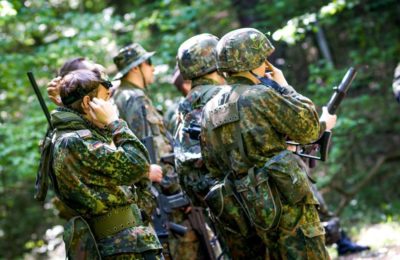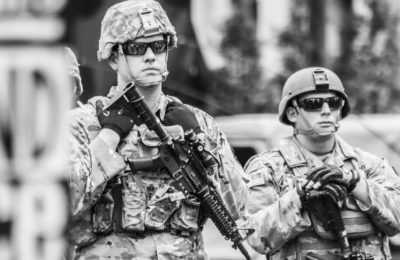The history of protective gear for those in law enforcement, military, and security has come a long way. From an ancient warrior using animal hides to a present-day professional equipped with a top-notch bulletproof tactical vest, the development of protective gear has been a continuous process to ensure the safety of those on the front lines. In this blog, we discuss the evolution of bulletproof tactical vests, from their inception to modern-day improvements.
The first forms of bulletproof armor were made of thick, solid materials such as iron, leather, and wood. Originally known as the “bullet-resistant vest,” the early designs consisted of several layers of heavy cloth or material sewn together to repel bullets. These early designs, while often successful in stopping bullets, were usually too heavy and uncomfortable to wear for extended periods.
As technology progressed, so did bulletproof vests. By the early 1900s, metal plates were added to the chest and back to provide additional protection. During World War I, soldiers wore chain mail vests that could protect against knife attacks and shrapnel. However, these early designs were still too heavy and bulky for practical use in the field.
The next significant advancement came in the form of Kevlar. Developed in the late 1960s by DuPont, Kevlar is a lightweight and strong synthetic fiber that is used in many modern-day bulletproof vests. Kevlar vests can stop most handgun rounds and provide considerable protection against some rifle rounds.
As technology continued to advance, new materials and concepts were integrated into tactical vests. In the 1990s, Dyneema and Spectra Shield were developed and quickly became the preferred choice for body armor. These new materials provide superior strength, durability, and flexibility. Furthermore, they were up to 15 times stronger than steel and could stop high-caliber rifle rounds.
Today’s bulletproof tactical vests feature a range of improvements based on feedback from both active military personnel and law enforcement officers. The vests are now more lightweight, with better weight distribution, and can be custom-fitted to the wearer. These vests often come equipped with pockets to hold important gear and are designed with different levels of protection based on the level of threat. For instance, Level IIIA vests are rated to stop most handgun rounds, while Level IV vests are designed to stop high-powered rifle rounds.
The evolution of bulletproof tactical vests has come a long way over time, accompanied by enhancements in technology and materials. The rising need for personal protection and the ever-growing risk of dangerous crimes and military threats mean that this protective armor is more important than ever before. Today’s vests are designed to be as comfortable and practical as possible, ensuring that professionals can carry out their duties while minimizing any protection-related complications. While there will always be a constant need to improve safety gear, the advent of stronger materials combined with innovative design and technology makes tactical vests one of the most effective ways to keep our soldiers and law enforcement officers safe on the field.
For more great articles, please click here.


